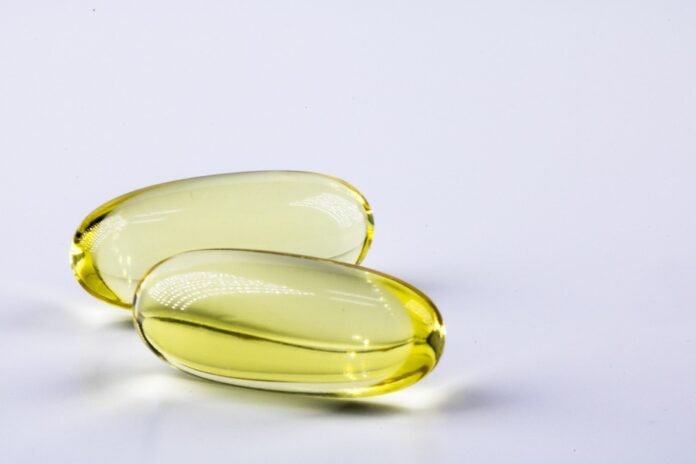Of course! Here is an article about the surprising truths of hydration.
Are You Drinking Enough Water? The Surprising Truth About the 8-Glass Rule
We’ve all heard it, chanted it, and probably tried (and failed) to live by it: “Drink eight 8-ounce glasses of water a day.” This simple rule, known as the 8×8 rule, has been the gold standard for hydration for decades. It’s easy to remember, easy to measure, and feels like a concrete health goal.
But what if this golden rule is more of a guideline? What if the real truth about hydration is more personal, flexible, and far more interesting than just counting glasses?
The surprising truth is that for many of us, the rigid 8×8 rule is outdated. Your body’s need for water isn’t a one-size-fits-all prescription. It’s a dynamic number influenced by your body, your lifestyle, and even your lunch.
The Myth of the 8×8 Rule
Where did this famous rule even come from? Most evidence points to a 1945 recommendation from the U.S. Food and Nutrition Board, which stated that a person needs about 2.5 liters of water a day. However, everyone seems to have missed the next sentence of the recommendation: “…most of this quantity is contained in prepared foods.”
That’s right. The original advice acknowledged that we don’t just get water from a glass. We get it from coffee, tea, milk, juice, and especially from the food we eat.
Your Personal Hydration Equation
Instead of aiming for a magic number, it’s more effective to understand the factors that determine your unique water needs. These include:
- Activity Level: If you exercise, you sweat. That lost fluid needs to be replaced. A 30-minute walk in the park requires less water replacement than a 90-minute hot yoga session.
- Climate and Environment: Living in a hot, humid climate or at a high altitude will cause you to lose more fluid through sweat and breathing, increasing your hydration needs.
- Body Size and Metabolism: Larger bodies and those with a higher metabolic rate generally require more water.
- Health Status: Fever, vomiting, or diarrhea cause significant fluid loss. Conditions like bladder infections or kidney stones often require increased water intake. Pregnant and breastfeeding women also have higher hydration needs.
You’re Already “Drinking” More Than You Think
One of the biggest revelations in modern hydration science is the significant role of food. Many fruits and vegetables are more than 90% water. Think about it this way: a bowl of soup, a juicy orange, or a crisp salad are all contributing to your daily fluid intake.
Top Hydrating Foods:
- Cucumber (96% water)
- Watermelon (92% water)
- Strawberries (91% water)
- Cantaloupe (90% water)
- Lettuce (96% water)
- Celery (95% water)
- Soups and broths
Even beverages we once thought were dehydrating, like coffee and tea, have a net hydrating effect. While caffeine is a mild diuretic (meaning it makes you urinate more), the volume of water in the drink itself more than compensates for the small amount of fluid lost.
Your Body’s Built-In Hydration Gauge: The Ultimate Truth
So, if you can’t rely on counting glasses, how do you know if you’re properly hydrated? Your body has two brilliant, built-in systems.
1. Thirst: For the average healthy person, thirst is a reliable first alert. It’s your brain’s way of saying, “Hey, fluid levels are dropping. Time for a drink.” The idea that “if you’re thirsty, it’s too late” is largely a myth for everyday life. While you might be 1-2% dehydrated by the time you feel thirsty, your body is perfectly capable of correcting this with the next glass of water. The exception? Older adults, whose thirst mechanism can become less sensitive, and athletes during intense competition.
2. Urine Color: This is arguably the best and most practical indicator of your hydration status. It’s a real-time report from your body.
- Pale Straw or Light Yellow: You’re well-hydrated. Keep up the good work.
- Dark Yellow or Amber: You’re dehydrated. It’s time to drink some water.
- Honey-Colored or Brown: You are likely severely dehydrated and should drink water immediately.
The Telltale Signs of Dehydration
Beyond thirst and urine color, your body will send other signals when it’s running low on H2O. Recognizing these can help you stay ahead of the curve.
- Fatigue or sleepiness
- Headache
- Dizziness or lightheadedness
- Dry mouth and chapped lips
- Brain fog or difficulty concentrating
- Moodiness or irritability
A Smarter Way to Hydrate
Forget the rigid rules and start a conversation with your body. Here’s a new approach to staying hydrated:
- Drink When You’re Thirsty: Make this your primary rule.
- Check Your Pee: Aim for a pale, light-yellow color throughout the day.
- Eat Your Water: Incorporate water-rich fruits, vegetables, and soups into your diet.
- Drink More When You Need More: Consciously up your intake during exercise, hot weather, or when you’re sick.
- Keep Water Handy: The best way to drink more is to make it convenient. Carry a reusable water bottle with you everywhere.
The quest for optimal hydration isn’t about hitting a universal quota. It’s about listening to the personalized signals your body is sending you every single day. So, the next time you wonder if you’re drinking enough, don’t count the glasses—check in with yourself. Your body already knows the answer.

